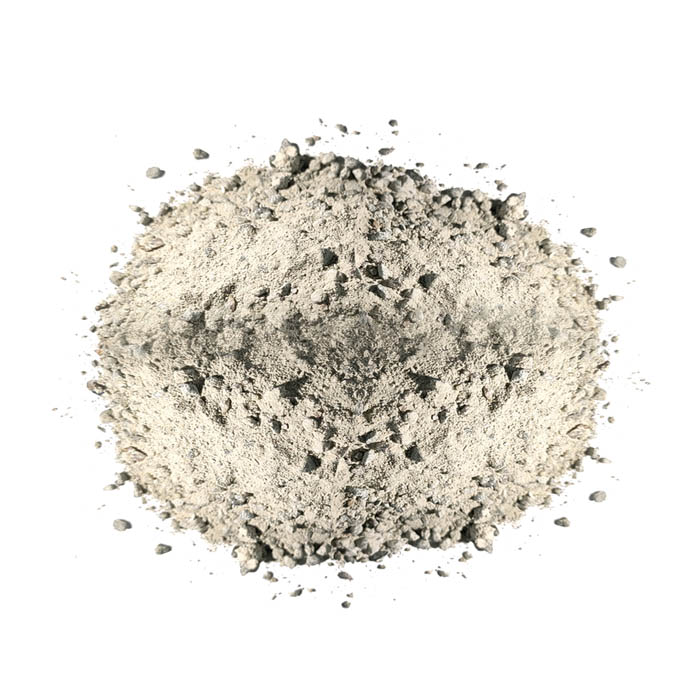Aug . 17, 2024 12:23 Back to list
Exploring China's Cement and Concrete Aggregate Industry Trends and Developments
China's Cement and Concrete Aggregate Industry Trends and Innovations
China stands as one of the largest producers and consumers of cement and concrete in the world, playing a pivotal role in global construction and infrastructure development. As urbanization accelerates and infrastructure projects expand, China's cement and concrete aggregate industry faces numerous challenges and opportunities.
Market Overview
The demand for cement and concrete aggregates in China has soared in recent years due to rapid urbanization, economic growth, and extensive government infrastructure spending. According to recent statistics, China produces over half of the world's cement, with annual production figures exceeding 2 billion metric tons. The concrete market is equally expansive, driven primarily by the residential, commercial, and public infrastructure sectors.
Concrete aggregates, including sand, gravel, and crushed stone, serve as essential materials in concrete production. They contribute to the strength, durability, and workability of concrete, making the quality of these aggregates crucial for construction projects. With China's ongoing commitment to enhancing its infrastructure, the demand for high-quality aggregates is expected to remain robust.
Sustainability Initiatives
The cement and concrete aggregate industry in China is confronting significant environmental challenges. Cement production is energy-intensive and a major source of carbon dioxide emissions. In response, the Chinese government has implemented various policies aimed at promoting sustainable practices within the industry. These include stricter emissions regulations, incentivizing the use of alternative materials, and encouraging the recycling of construction waste.
Recycling concrete aggregates has gained traction as a sustainable alternative to traditional aggregate sourcing. This not only reduces the consumption of natural resources but also minimizes landfill waste. Innovative recycling technologies and improved processing methods are being adopted, making it easier and more efficient to reuse concrete rubble.
china cement concrete aggregate

Furthermore, the use of green cement technologies, such as the incorporation of supplementary cementitious materials like fly ash and blast-furnace slag, is on the rise. These materials can enhance the properties of concrete while reducing the carbon footprint associated with cement production.
Technological Advancements
Technological innovation is driving growth and efficiency in China’s cement and concrete aggregate industry. Modern practices such as automated batching, advanced quality control systems, and artificial intelligence are being integrated into production processes. These technologies enable manufacturers to optimize operations, reduce waste, and ensure consistency in the quality of aggregates.
In addition to automation, research into high-performance concrete options is gaining traction. High-performance concrete, which offers superior durability, strength, and resistance to environmental factors, is increasingly used in demanding applications such as bridges and high-rise buildings. This trend is expected to continue as the construction sector seeks to extend the lifespan of structures while minimizing maintenance costs.
The Road Ahead
As China navigates its path toward sustainable development, the cement and concrete aggregate industry is presented with both challenges and opportunities. While adhering to government regulations aimed at reducing emissions, companies must also innovate continuously to remain competitive in a rapidly changing market.
Investment in research and development, coupled with collaboration across academia and industry, will be vital in addressing the evolving landscape of construction materials. As the industry embraces sustainability and technological innovation, there is a clear potential for growth and improvement in the quality and efficiency of cement and concrete production.
In conclusion, China’s cement and concrete aggregate industry is at a critical juncture. By focusing on sustainability, leveraging technological advancements, and improving aggregate quality, the industry can not only meet domestic demands but also set a benchmark for global practices in construction materials. The future holds promising possibilities for a sector that is essential to the nation’s growth and infrastructure resilience.
-
Eco-Friendly Granule Covering Agent | Dust & Caking Control
NewsAug.06,2025
-
Fe-C Composite Pellets for BOF: High-Efficiency & Cost-Saving
NewsAug.05,2025
-
Premium Tundish Covering Agents Exporters | High Purity
NewsAug.04,2025
-
Fe-C Composite Pellets for BOF | Efficient & Economical
NewsAug.03,2025
-
Top Tundish Covering Agent Exporters | Premium Quality Solutions
NewsAug.02,2025
-
First Bauxite Exporters | AI-Optimized Supply
NewsAug.01,2025
